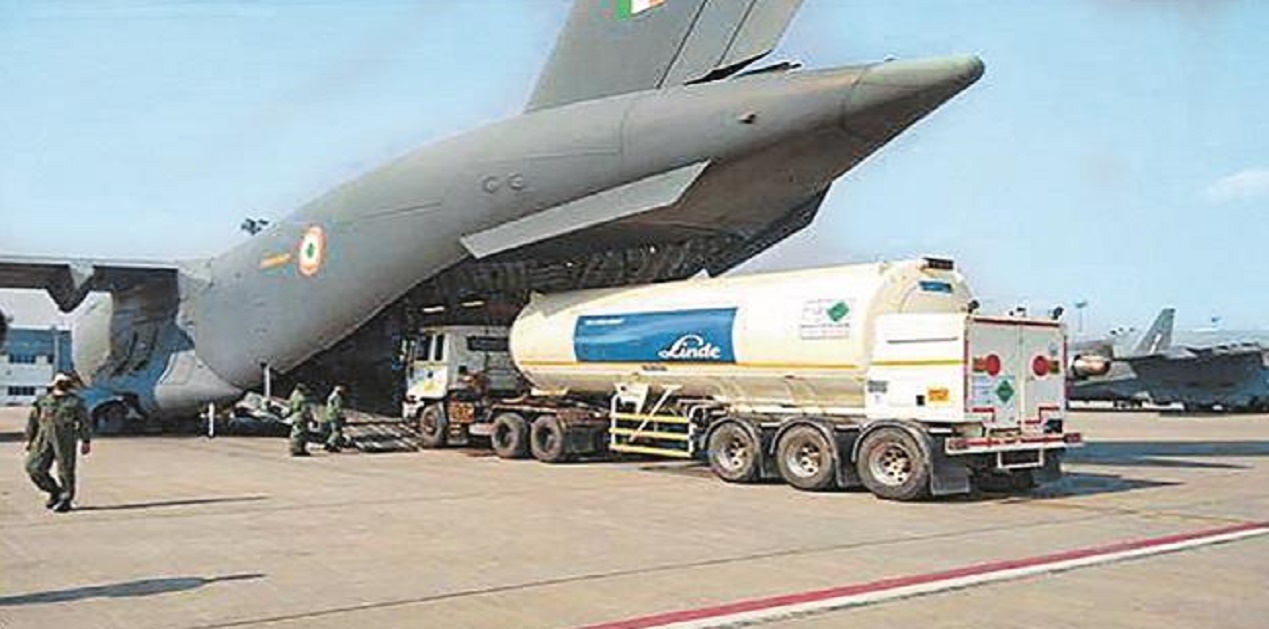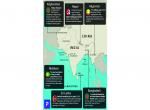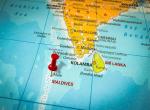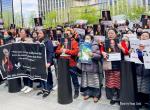Vivekananda International Foundation (VIF) in conjunction with National Disaster Management Authority (NDMA) and Confederation of Indian Industry (CII) conducted an interaction to determine the challenges in the provisioning of additional medical oxygen to hospitals and for home care use for patients afflicted with Covid-19. Broad recommendations for execution emerging from the discussion are given in succeeding paragraphs.
At the commencement of the second wave of Covid-19 a few weeks ago, immediate instructions by the Government of India to the industry to ramp up production and divert industrial oxygen to medical use, ensured that the process of making adequate oxygen available to the medical care system would progressively improve. India needs about 10,500 MT/day of medical grade oxygen, while the supply is about 8,000 MT/day. There are obstacles as well – the producing areas are often far from deficient areas and transporting liquid oxygen over long distances is a logistical challenge. The key to solving the current crisis is to rejuvenate and recalibrate the nationwide transportation and distribution system which are the critical links of the oxygen supply chain.
Oxygen Task Force.This needs to be set up immediately under a senior Civil Services officer of rank of Secretary, considering that a third and subsequent waves of Covid-19 virus could affect India soon. All actions have to cater both for immediate, and the mid and long term.
- Automated control rooms are required to be set up at the central, state, district level under this task force to monitor state vide availability, necessity based upon morbidity figures and the movement as part of the logistics chain. Adequate communication must be set up on an emergent basis.
- Details of control rooms including help lines which can be adjunct to the control rooms must be known to all stakeholders.
- It must be empowered to take appropriate decisions to ensure an efficient supply chain, match demand and supply and re-allocate resources incase required. The Emergency Operation Centres of the SDMAs (State Disaster Management Authority) and DDMAs (District Management Authority) could be utilized to build the Control Room communications.
Healthcare Emergency. Although a state of emergency has not been declared nationwide there is need to sensitise all stakeholders on the medical emergency and the necessity of working in operational mode going beyond the transactional commitment.
Procedural Delays by Government Departments. Speedy implementation of all measures requiring emergency review, decision and execution by the concerned authorities must be ensured. Delay due to procedural actions must not be accepted. Financial losses occurring to the state must be compared to the facilitation of human security.
Data Bank. The Oxygen Task Force must create a data bank of all available resources including those in the pipeline from abroad or internally and upload it on this software. Speedy distribution of such resources and information dissemination about the same is important.
Oxygen Grid. After resource mapping, it is necessary to create a digital network of manufacturers, transporters, distributors and consumers (Hospitals) to ensure transparency, speed in communication, decision making and its implementation. The resources should include oxygen manufacturing plants with capacity and location, transportation resources, location of warehouses with storage capacity, distribution centres and their capacity etc. Monitoring their movement, storage and distribution must be automated. In case we need to monitor any other critical item like ventilators, it would not take much effort to create an integrated dashboard for the same. GPS trackers in abundance must be made available so that all oxygen carrying vehicles have one and can be tracked. This will also avoid waylaying.
Transportation & Turnaround. The Oxygen Task Force must constantly review the existing supply chain including the turnaround time and bottlenecks that impede movement. Improving the turnaround by cutting short time taken to travel, loading/ unloading or transfer from bulk to cylinders would enhance efficiency. Additional drivers and staff will also improve turnaround time.Transportation model must be used to find the fastest routes and means to match manufacturing sources to the points of demand with the single aim of reducing the turnaround time. Some medical facilities can be set up in the vicinity of oxygen plants to cater for that sub region in future surge conditions; it will ease the necessity of transportation. Nationwide green corridors to expedite movement need to become a norm during this and future crises.
Reduction of turnaround can be achieved using ingenious methods of multi modal transport including ‘Roll on Roll off’ with tankers loaded on trains besides ships and cargo aircrafts keeping in mind the technical and safety restrictions.
Distribution. A well-organized system must operate in an institutionalized manner and discretion must be minimized. Total transparency in distribution to win over confidence of the citizens must be ensured. Wastage, hoarding or black marketing must be strictly dealt with and action against officials or other offenders must be well publicized.
Rural Distribution. As the pandemic starts to affect Tier 2 and Tier 3 towns and rural areas, there will be a requirement to use multiple means of providing oxygen, using oxygen concentrators and smaller size cylinders. Such reserves will need to be held at suitable locations to meet the rural needs. Customs duties and GST on oxygen concentrators should be removed so that these are affordable and can be bought and stored institutionally, by RWAs and other groups for emergent aid when necessary.
Reserves. A policy on holding reserves of life saving equipment and medicines should be evolved. Oxygen is an essential lifesaving item and needs to have adequate reserves held at appropriate locations with a geographical analysis of distances to major centres of population.
Prioritization. Medical oxygen must find higher priority than industrial oxygen in the policy of manufacture, provisioning and reserves.
Oxygen Audit & Local Production. An oxygen audit is a must considering the location of manufacturing units and the consumption points in the form of population centres and hospitals. Based on this audit the government could mandate and facilitate hospitals to set up oxygen generating plants which were also planned in Oct 2020. Reserves of high capacity oxygen concentrators may also be advised to be held by all hospitals to cater for failure of supply. The Government could also look at importing the PSA and VSA oxygen concentrators for hospitals. These could be imported from the US or Brazil who have good manufacturing capacities. Industry could also be encouraged to use their CSR funds in creating this pool, by allowing the expenditure on concentrators to qualify under CSR as per MCA guidelines.
Currently, the delivery time for PSA concentrators by manufacturers in India is 12-14 week. About 20 leading manufacturers could be identified and provided working capital support/support for importing some of the required components, to reduce this time to about 8 weeks. This measure has the potential to add a capacity of about 500MT/month over 3 months.
A departure from the tendering system is recommended to speed up the oxygen footprint in the country.
All oxygen carrier transport resources must have electronic and visual identification to facilitate speedy movement.
Long Term Measures. As part of Aatmanirbhar Bharat, industry must be incentivized to produce oxygen generators and oxygen concentrators. If India could become a net exporter of PPE kits in a short period, our industry can replicate the same for oxygen generators/concentrators and related equipment. Innovation and inventions are normally the products of crisis.
An oxygen grid must be created so that oxygen is available to all hospitals of the country within a reasonable turnaround time. It must be established on an economically sustainable model so that additional facilities created during this crisis do not become nonfunctional when normalcy returns.
(The paper is the author’s individual scholastic articulation. The author certifies that the article/paper is original in content, unpublished and it has not been submitted for publication/web upload elsewhere, and that the facts and figures quoted are duly referenced, as needed, and are believed to be correct). (The paper does not necessarily represent the organisational stance... More >>
Image Source: https://bsmedia.business-standard.com/_media/bs/img/article/2021-04/24/full/1619206106-3498.jpg










Post new comment